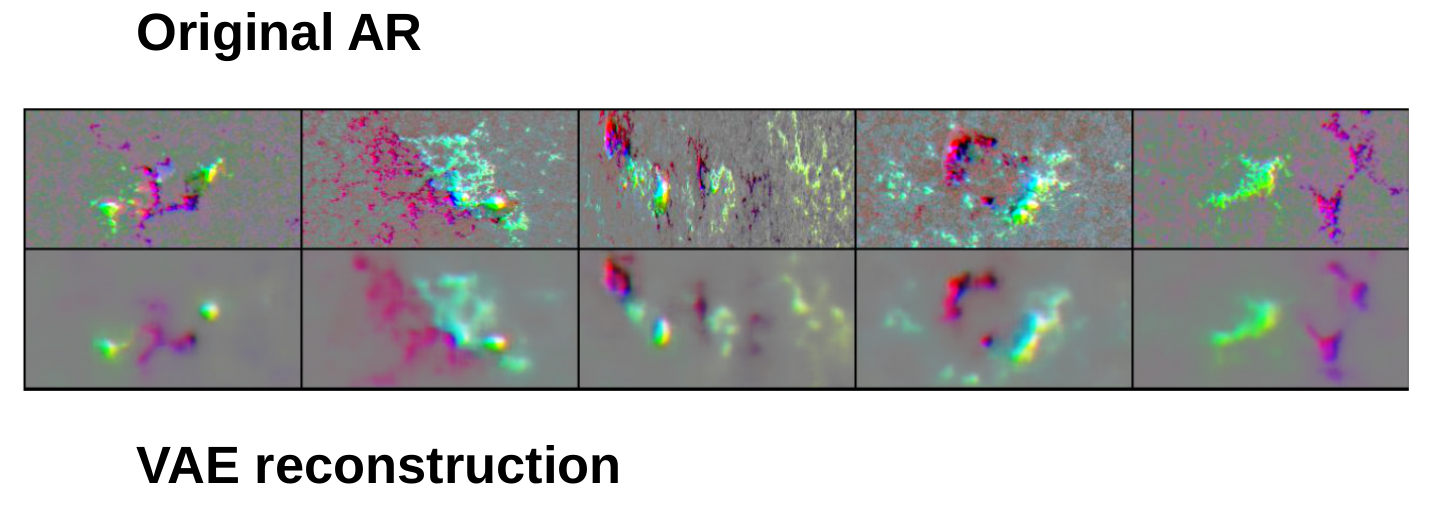Context
Solar flares are sudden energy releases originating in the “active regions” of the Sun. These events produce extensive radiation in a very broad range of wavelengths from X-ray to radio ranges, but are usually classified by the measured X-ray flux radiation, which can span 5 orders of magnitude. The precise mechanisms that lead to the buildup of free energy in the solar corona and the triggers of its release by magnetic reconnection are still unknown and a long-standing problem of solar physics. Solar flares are also associated with coronal mass ejections (CMEs) and large fluxes of solar energetic particles (SEPs). Flare radiation, CME and SEPs can produce disturbances on the Earth environment (“space weather”). Some of these disturbances occur within a few hours following the original flare. These include disturbances in radio communications, radar and Global Navigation Satellite System (GNSS), increase in the radiation dose of humans in the International Space Station and of passengers in high altitude airplanes, and electric interference on spacecraft electronic components. All human activities are in demand of early solar activity warnings, provided by space weather centres like the Royal Observatory of Belgium (ROB). ROB produces its daily bulletins based on a human interpretation of the Sun. However, Machine Learning (ML) techniques attract more and more attention for space weather predictions.
Objectives
- Improve our understanding of the mechanisms that lead to solar flares, thanks to the interpretation of the results obtained by modern ML techniques;
- Demonstrate how modern ML techniques, based on the automatic extraction of active region features, can provide better flare forecasts than human operators or existing automatic methods;
- Increase the expertise of the ROB in the development of ML flare predictions, and set the ground for a new operational tool and its possible extension to other kinds of eruptive events.
Methodology
- The flare prediction will be done using modern Convolutional Neural Networks (CNNs) and other ML techniques like Variational Auto-Encoders that have the advantage to automatically extract features from solar images, in contrast with other ML approaches where the active region features are handpicked by humans and pre-calculated.
- We will make use of available EUV solar disc images (from the AIA instrument on board the SDO satellite), which contain information about the different temperature regimes of the solar atmosphere where reconnection energy is dissipated. We will couple this data with the routinely-used vector magnetic field data (from SDO/HMI).
- We will use explainable Artificial Intelligence techniques to derive a physical interpretation about the flaring initiation mechanism.
- We will use “generative” methods, based on CNNs, to understand active regions, their properties and the conditions that lead to flares.

Example of Convolutional Neural Network (CNN) architecture for a flare prediction model.

Example of Auto-Encoder architecture.

Example of reconstruction of Active Regions by an Auto-encoder.
Impact
- Impact on the participant institutions: ROB and the CmPA of KU Leuven are continuously working on the improvement of the science and tools used to keep the national infrastructure secure from solar hazards. DELPHFI will accelerate our adoption and deployment of modern ML tools, and will promote the training of a new generation of Belgian experts in the domains of solar physics and ML.
- Impact on the space weather community: forecasters will directly benefit from our results to improve their predictions.
- Impact on the Belgian & European citizens: the PECASUS consortium, of which ROB is a member, is one of the three global space weather centres selected by ICAO to regularly provide space weather information to civil aviation, with the same standards as for the Earth weather bulletins.
- Impact on policy making: ROB, within the Space Pole, is the main point of reference of the Belgian authorities with regard to the space weather situation and effects.
Expected results and valorisation perspectives
Dissemination
- Our website will provide access to scientific publications, publicly released data, software and user manual.
- The data and codes will be used by KULeuven Master students or by ROB trainees, to familiarise them with state-of-the-art ML tools and their applications on scientific questions and more particularly to solar physics.
Communications
- Conferences and peer-reviewed publications.
- Public outreach through the communication channels of ROB and KU Leuven (Twitter account, News feed, websites, press releases).
Valorisation
- Different architectures and trained NNs will be ready for use by third parties in the framework of spin-offs, new collaborations or for education purposes. They will also be publicly released at the end of the project.
- A successor project would naturally follow, implementing an operational tool for flare forecast based on the ML methods investigated during this project. DELPHFI will finally produce concrete suggestions for such an implementation, a key asset for the ROB Space Weather services.